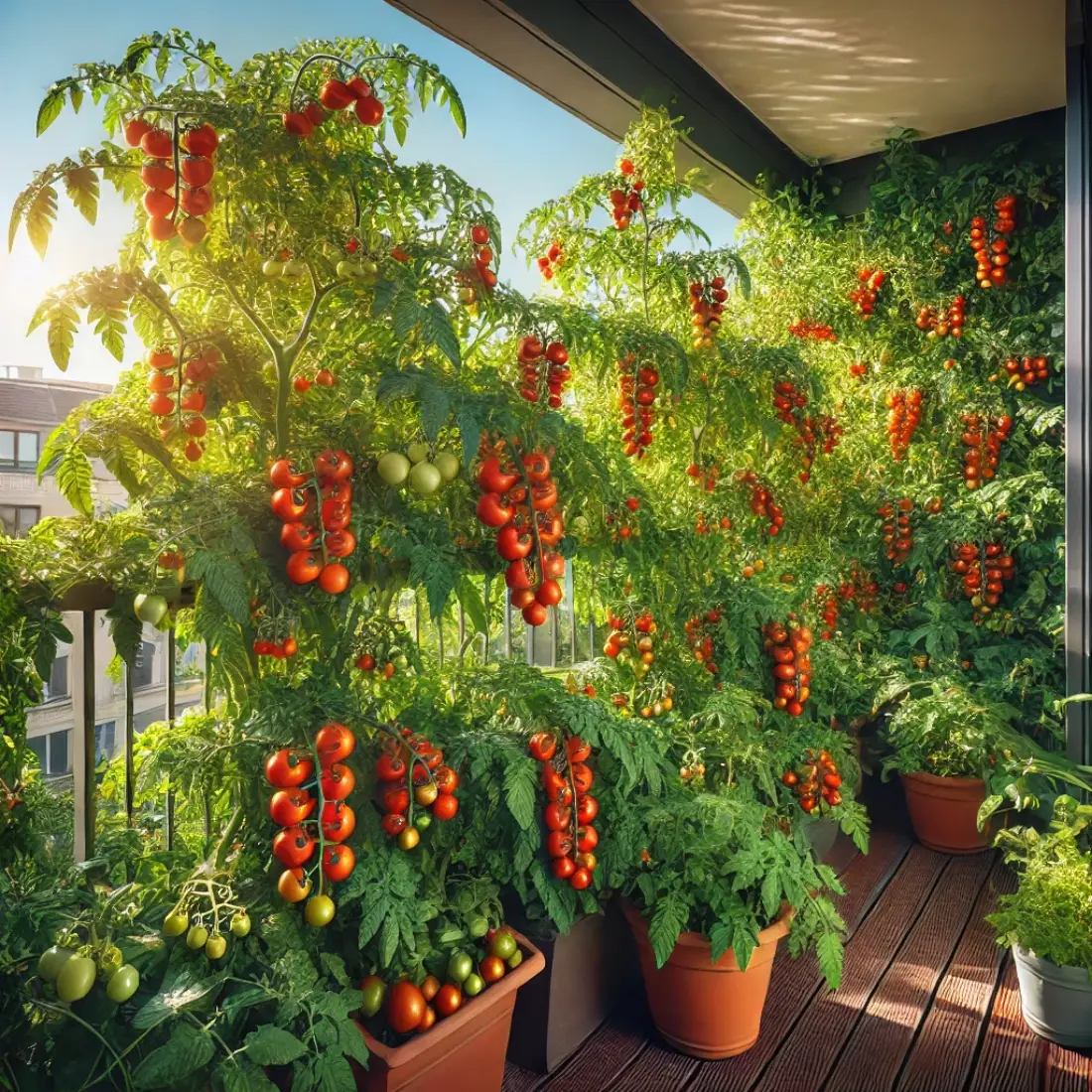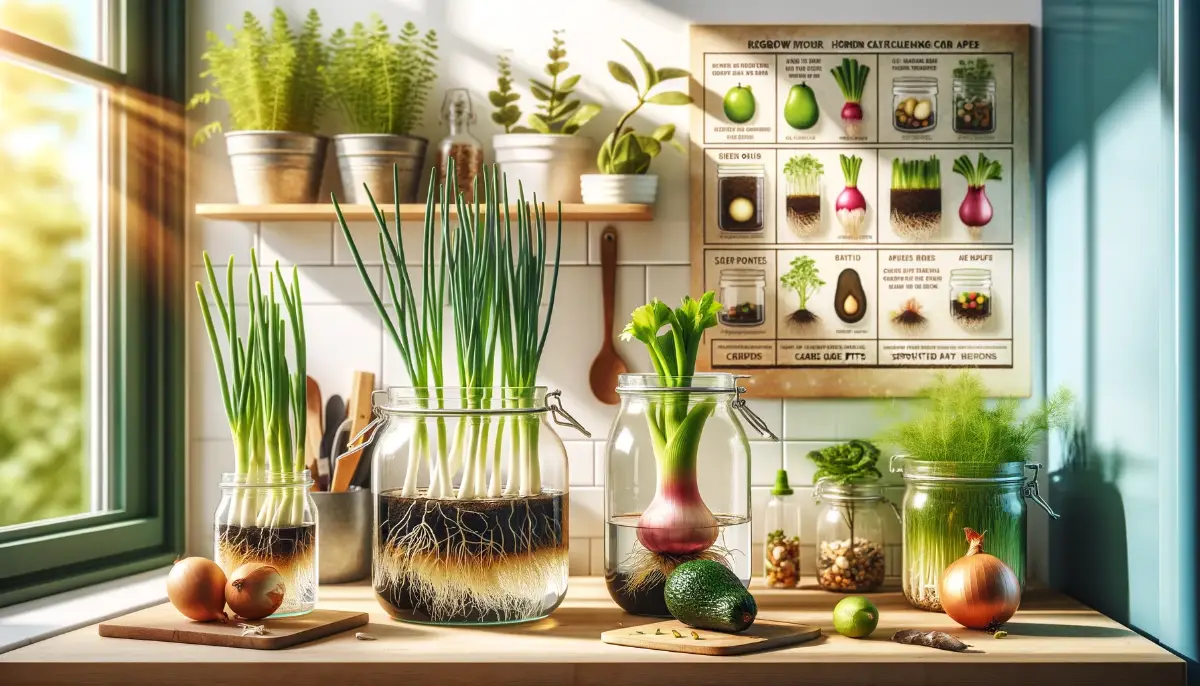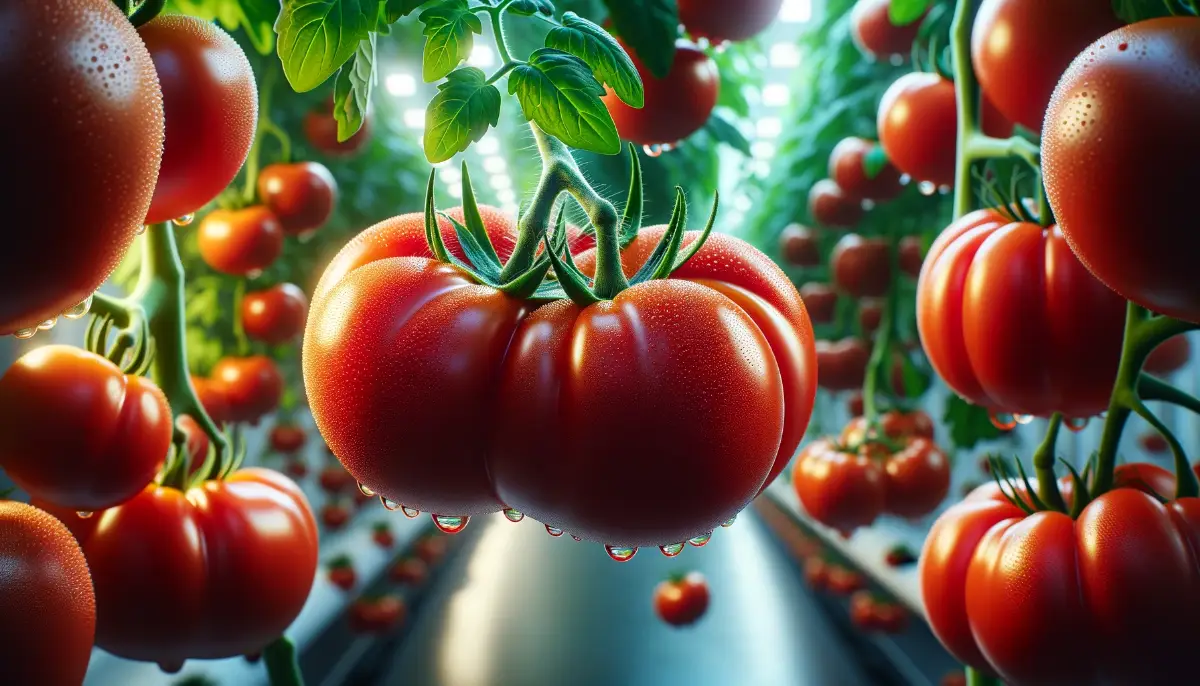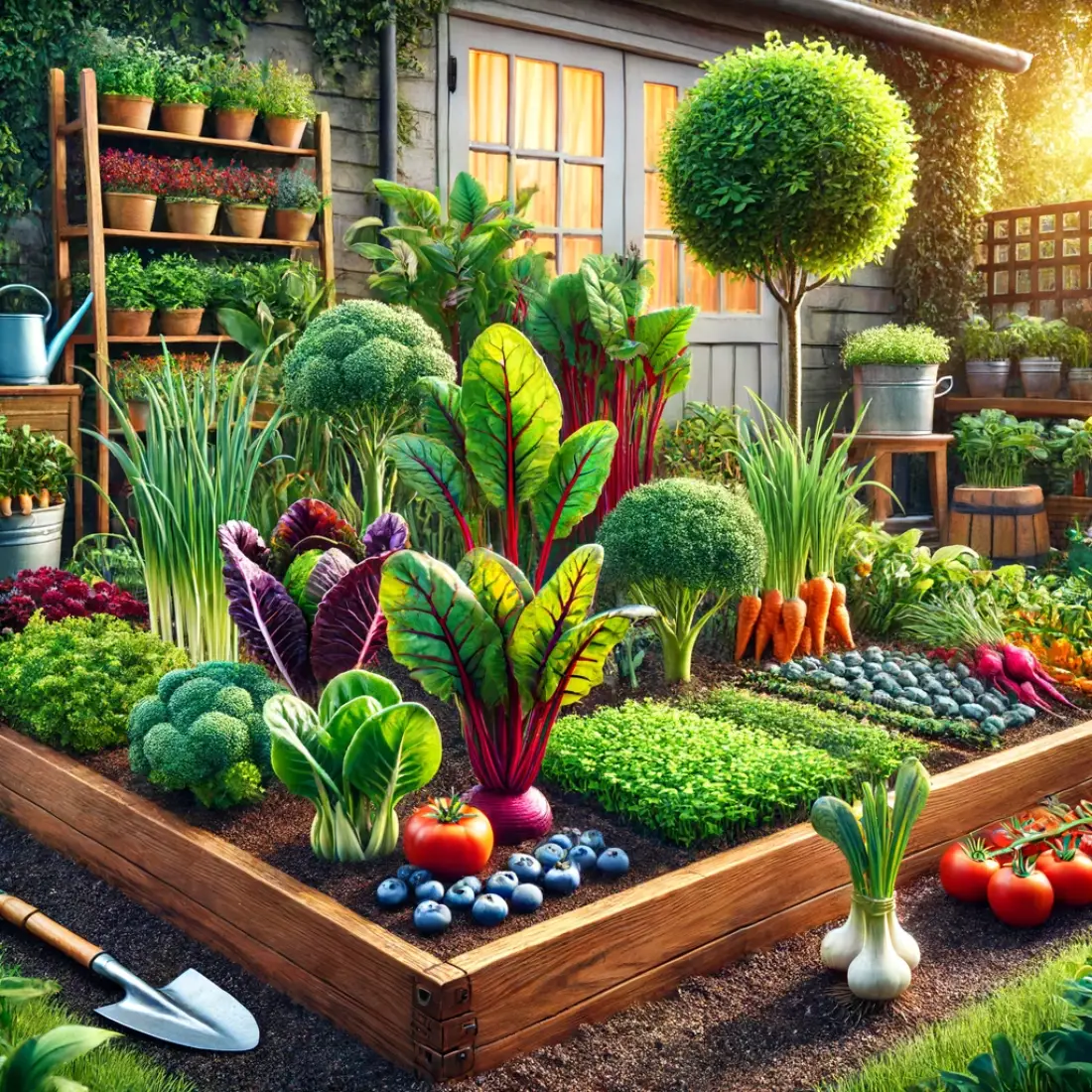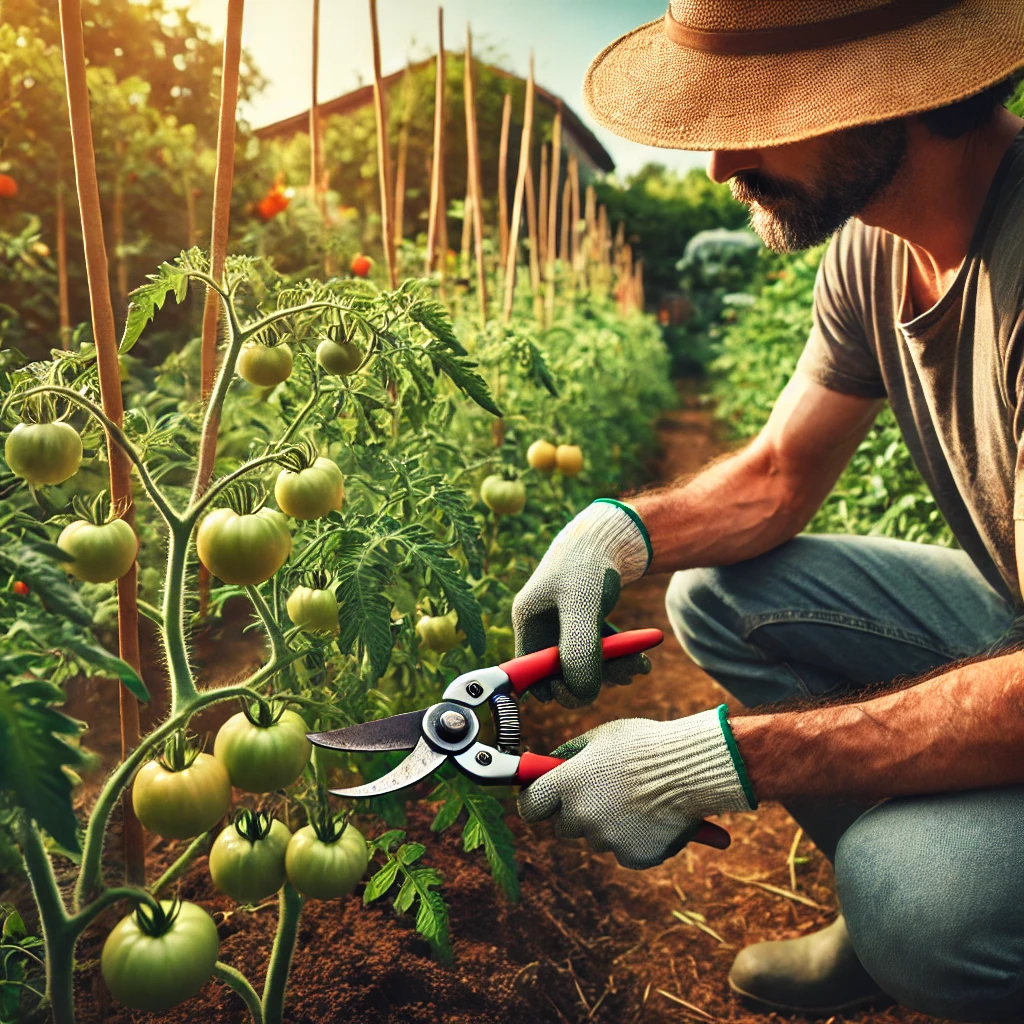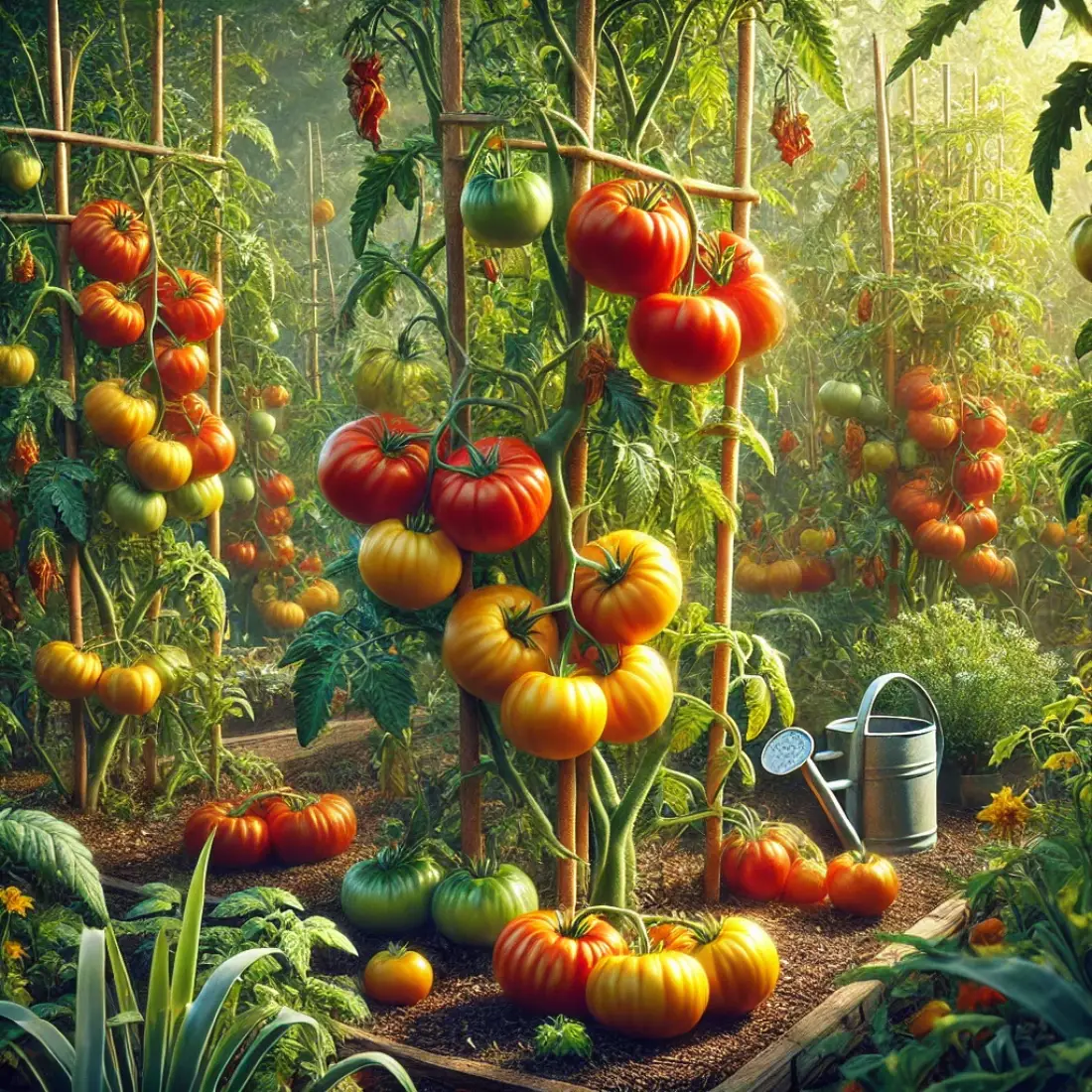Growing cherry tomatoes in containers is a fantastic way to enjoy fresh, organic produce, even if you’re short on garden space. These small, flavorful tomatoes thrive in containers, making them perfect for patios, balconies, or small urban gardens.
With the right care and attention, you can easily cultivate a bountiful harvest. Container gardening allows you to control soil quality, water levels, and exposure to pests, ensuring your cherry tomatoes grow healthy and strong.
- Cherry tomatoes thrive in containers when provided with the right environment, making them an excellent choice for small spaces like patios and balconies.
- Choosing the correct container size and material is crucial for healthy root development and overall plant growth.
- Organic soil and fertilizers play a vital role in ensuring your cherry tomatoes receive the necessary nutrients throughout their growth cycle.
- Consistent watering and proper drainage prevent issues like root rot and blossom end rot, common in container-grown tomatoes.
- Regular pruning and staking help manage the plant’s growth and increase fruit yield.
- Organic pest control methods such as neem oil and companion planting can effectively protect your tomatoes without harmful chemicals.
- With proper care, you can enjoy a continuous harvest of sweet, juicy cherry tomatoes all season long.
Choosing the Right Cherry Tomato Varieties for Containers
When growing cherry tomatoes in containers, selecting the right variety is essential for success. Look for compact, determinate varieties like ‘Tiny Tim’ or ‘Patio Princess’, which are specifically bred for small spaces and produce abundant fruit on smaller plants.
Indeterminate varieties like ‘Sun Gold’ and ‘Sweet 100’ are also popular, though they require more space and support due to their vigorous growth. Opt for organic or heirloom seeds to ensure the best flavor and quality. These varieties thrive in containers, offering a bountiful harvest in limited space.
Planting Cherry Tomatoes in Containers
Selecting the Ideal Container for Cherry Tomatoes
Choosing the right container is key to growing cherry tomatoes successfully. Aim for a container that’s at least 5 gallons in size, as this provides enough space for root development and water retention.
Fabric pots, plastic containers, and terracotta pots are all good options, each with its own benefits. Ensure the container has ample drainage holes to prevent waterlogging, which can lead to root rot. For added mobility and ease, consider containers with wheels or handles. A well-chosen container will support healthy growth and a bountiful tomato harvest.
Preparing the Soil Mix for Organic Cherry Tomatoes
For organic cherry tomatoes, a rich, well-draining soil mix is essential. Start with a base of organic potting soil, then enhance it with compost or worm castings to boost nutrient content. Incorporate perlite or vermiculite for improved aeration and drainage, preventing waterlogged roots.
To maintain the right pH (around 6.0-6.8), consider adding some lime if your mix is too acidic. For additional nutrients, mix in organic fertilizers like bone meal or blood meal. This balanced, fertile soil mix will support vigorous growth and help your cherry tomatoes produce sweet, flavorful fruit.
Step-by-step Guide to Planting Cherry Tomatoes
Planting cherry tomatoes in containers is straightforward if you follow these steps:
- Choose the Right Time: Plant cherry tomatoes after the last frost date in your area when the soil has warmed up. This ensures the plants won’t be damaged by cold weather.
- Prepare the Container: Select a container with at least 5 gallons of capacity. Ensure it has drainage holes to prevent waterlogging. Fill the container with your prepared organic soil mix, leaving about 2 inches of space at the top.
- Planting the Seedlings: Dig a hole in the soil deep enough to bury two-thirds of the tomato seedling’s stem. Planting deep encourages a stronger root system. Place the seedling in the hole, cover it with soil, and gently firm the soil around the base.
- Watering: Water the plant thoroughly after planting. Keep the soil consistently moist but not waterlogged. Water at the base of the plant to avoid wetting the leaves, which can lead to disease.
- Support the Plant: Install a tomato cage or stakes immediately after planting to support the plant as it grows. Tie the plant to the support as it grows, using soft ties to avoid damaging the stem.
- Mulching: Add a layer of organic mulch around the base of the plant to retain moisture and suppress weeds.
Watering and Fertilizing Cherry Tomatoes Organically
Proper watering and fertilizing are crucial for growing cherry tomatoes organically in containers.
Watering: Keep the soil consistently moist but not soggy. Water deeply when the top inch of soil feels dry, usually every 1-2 days in hot weather. Water in the morning to reduce the risk of disease, and avoid wetting the leaves to prevent fungal issues.
Fertilizing: Start by mixing a slow-release organic fertilizer into the soil at planting. As the plant grows, supplement with liquid organic fertilizers like compost tea or fish emulsion every 2-4 weeks. These provide essential nutrients like nitrogen, phosphorus, and potassium, promoting healthy growth and fruit production.
Watch for signs of nutrient deficiencies, such as yellowing leaves, and adjust your fertilization routine accordingly. Over-fertilization can lead to lush foliage with few fruits, so stick to the recommended amounts for the best results.
Supporting and Pruning Cherry Tomato Plants
Supporting and pruning cherry tomato plants are essential steps for ensuring healthy growth and a bountiful harvest.
Supporting: As your tomato plants grow, they need support to keep the stems upright and prevent the branches from breaking under the weight of the fruit. Use tomato cages, stakes, or trellises. Place the support structure in the container at planting time to avoid damaging the roots later. Tie the main stem to the support with soft ties, adding more ties as the plant grows.
Pruning: Regular pruning helps increase airflow, reduce disease, and direct the plant’s energy toward fruit production. Remove the lower leaves and any branches that touch the soil to prevent soil-borne diseases. Pinch off “suckers” — the small shoots that grow in the leaf axils (between the stem and a branch) — to prevent overcrowding and focus the plant’s energy on producing fruit rather than excess foliage.
Organic Pest and Disease Management for Cherry Tomatoes
Managing pests and diseases organically is crucial for keeping cherry tomatoes healthy and productive.
Pest Control: Common pests like aphids, whiteflies, and tomato hornworms can damage your plants. Use natural predators, like ladybugs, to control aphids, and introduce beneficial insects like parasitic wasps to tackle caterpillars. Spraying neem oil or insecticidal soap weekly helps keep these pests at bay. Companion planting with basil or marigolds also deters harmful insects naturally.
Disease Prevention: Fungal diseases like blight and powdery mildew are common in tomatoes. Prevent these by ensuring proper spacing for good airflow and watering at the base of the plants to keep foliage dry. Remove any diseased leaves immediately to prevent spread. Applying a solution of baking soda and water or using organic fungicides can help control fungal infections.
Troubleshooting Common Issues in Growing Cherry Tomatoes
Growing cherry tomatoes can sometimes present challenges, but many issues are easy to troubleshoot with the right approach.
Yellowing Leaves: Often a sign of nutrient deficiency, particularly nitrogen. Ensure your soil mix is rich in organic matter and consider using a balanced organic fertilizer. Yellowing at the bottom can also indicate overwatering or poor drainage.
Blossom End Rot: Characterized by dark, sunken spots at the fruit’s base, this is typically caused by calcium deficiency or inconsistent watering. Maintain even moisture levels and consider adding calcium supplements, like crushed eggshells, to the soil.
Fruit Cracking: Caused by rapid changes in soil moisture, especially after a dry period followed by heavy watering or rain. To prevent this, keep the soil consistently moist and use mulch to regulate moisture levels.
Harvesting and Maintaining Cherry Tomatoes
Harvesting and maintaining cherry tomatoes properly ensures continuous production and the best flavor.
Harvesting: Pick cherry tomatoes when they’re fully colored and slightly soft to the touch. This is usually when they have reached their full size and vibrant color, whether red, yellow, or another variety-specific shade. Harvesting regularly encourages the plant to produce more fruit. Use garden scissors or gently twist the tomatoes off the vine to avoid damaging the plant.
Maintenance: To maintain healthy plants, remove any yellowing or diseased leaves immediately. Regularly prune to remove suckers and excess foliage, which improves air circulation and reduces the risk of disease.
Continue to water consistently, keeping the soil moist but not soggy. Fertilize every 2-4 weeks with an organic liquid fertilizer to sustain nutrient levels as the plant continues to produce fruit.
FAQs About Growing Cherry Tomatoes in Containers
How often should I water cherry tomatoes in containers?
Cherry tomatoes need consistent moisture. Water them when the top inch of soil feels dry, typically every 1-2 days in hot weather.
What size container is best for growing cherry tomatoes?
A container of at least 5 gallons is recommended to allow ample space for root development and proper water retention.
Can cherry tomatoes be grown indoors in containers?
Yes, cherry tomatoes can be grown indoors if they receive 6-8 hours of sunlight or are supplemented with grow lights.
How do I prevent my cherry tomatoes from getting blossom end rot?
Blossom end rot can be prevented by maintaining consistent moisture levels and ensuring the soil has adequate calcium.
Do cherry tomatoes need to be staked or caged?
Yes, most cherry tomato varieties benefit from staking or caging to support the plant and keep the fruit off the ground.
What is the best soil mix for cherry tomatoes in containers?
Use a well-draining, nutrient-rich organic potting mix, enhanced with compost and perlite for aeration.
How can I naturally control pests on my cherry tomato plants?
Use organic methods like neem oil, insecticidal soap, and companion planting with herbs like basil to deter pests.
How long does it take for cherry tomatoes to grow and ripen?
Cherry tomatoes typically take 55-70 days from planting to harvest, depending on the variety and growing conditions.
What should I do if my cherry tomatoes start to crack?
Cracking is often due to inconsistent watering. Maintain consistent soil moisture and consider using mulch to stabilize water levels.
How do I store cherry tomatoes after harvesting?
Store ripe cherry tomatoes at room temperature, away from direct sunlight, for the best flavor. They can last up to a week.

